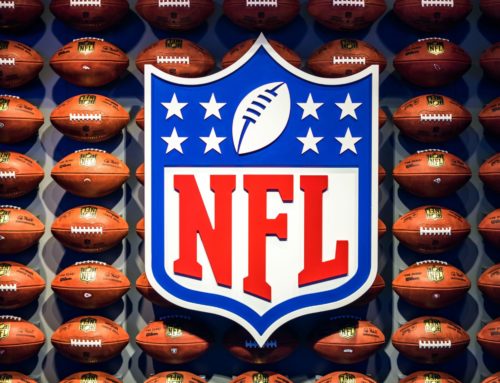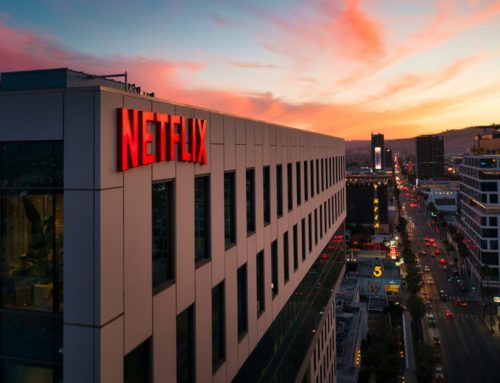Miami is winding down from a whirlwind week of high-profile art fairs and parties attended by art collectors and jet-setting billionaires as Art Basel 2021 comes to a close. What is arguably one of the biggest weeks of the year for the art world is also a breeding ground for money laundering. According to the Art Basel and UBS Global Art Market Report published earlier this year, “global sales of art and antiques reached an estimated $50.1 billion”.
These tremendous sales are often done with buyer anonymity, where “none of the purchasing requires the filing of paperwork that would allow regulators to easily track art sales or profits, a distinct difference from the way the government can review the transfer of other substantial assets, like stocks or real estate” says the New York Times. However, after decades of continued secrecy within the art market, Congress extended anti-money laundering regulations to now include antiquities dealers. No clear legislation has yet to pass for art dealers specifically, as the term has been loosely defined, though similar laws in Europe are likely to be adopted in the US soon.
Sculptures and paintings easily sell for $10 and $20 million or more during expositions like Art Basel, and profits from these sales are subject to a hefty 28% capital gains tax on luxury goods. However, the IRS has struggled to track who is accurately reporting these sales since half the purchases are made in private with final prices never revealed to the public.
The new Anti-Money Laundering Act, though passed in 2020, will begin implementation this month, according to ARTNews. So if you were investing in any new artworks this past week or are employed by an art and antiquities auction house, it is important to review your recent sales or purchases with an attorney to ensure proper reporting and avoid sanctions. To set up a confidential consultation with the Padula Law team, please give us a call at (305) 455-5206.






